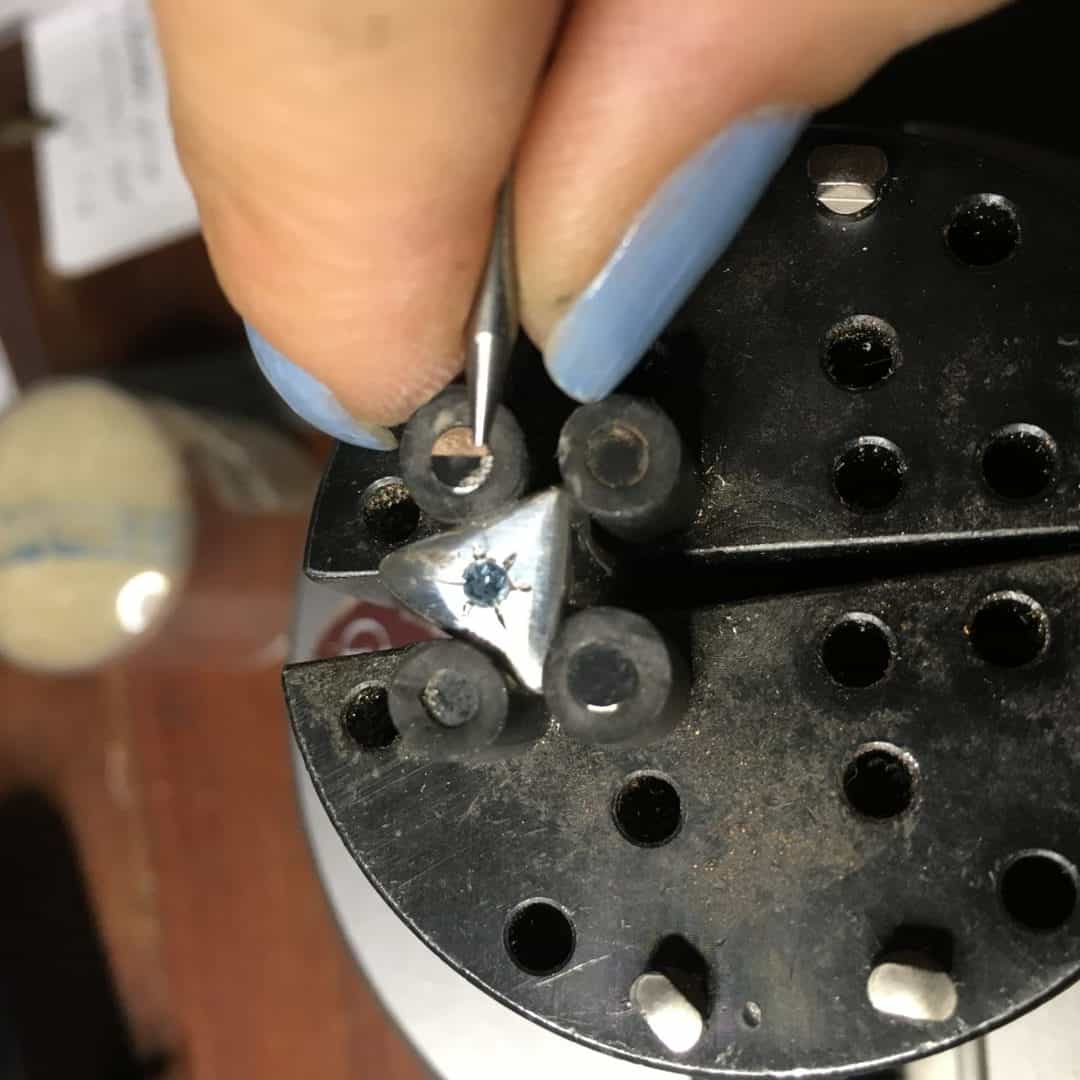Am I getting ripped off?
When buying jewelry what affects jewelry pricing? Where is the value and why would one gold ring be $30 and another $300? Unfortunately, this is not a simple answer as there are many aspects to a piece of jewelry that can affect the value and the price. While I can only speak for the jewelers I know, I have yet to find a maker who is out to scam the public. Think about it, there are far easier ways to run a scam than by using your hands to create! When you find a piece of jewelry that costs more than another, more often than not, it’s a case of ‘you get what you pay for’. So what are you paying for? Leaving aside big name brands like Tiffany’s and Chanel (who can, and do charge an additional mark-up for the brand name) there are certain key areas that contribute to costing and pricing. Understanding these can help give you an idea of what you are looking at. Over these next few blog posts, I’ll briefly go through some key differentiators. This post we’ll cover labor and gems, and next up, we’ll discuss metals, metal quantity, and production.
Labor

Labor is often one of the biggest categories of cost, and can include anything from design (especially on a custom piece) to carving to polishing. What affects jewelry pricing here are the years invested in learning a craft, or in other cases, just the length of time to do something. When you find a piece of jewelry that has details such as engraving, carving or stone setting, know that you are seeing dedication, skill and experience. If something has high polish, that too will cost more; polishing well is surprisingly time consuming.
A highly detailed, intricate piece that is tiny may be multiples in cost of something that is large and simple to craft. It’s also why, with all other things being equal, a custom piece will always cost more than an existing design, and something hand-carved will always cost more than a mass-produced computer-generated design (although there are computer-aided designs that are not mass produced!). This is a difficult area to unpick, even for makers!
But if something makes you gasp, or want to inspect it closer, or want to just hold it, its likely there was skill involved – a sculptors’ ability to capture movement, an engraver’s ability to create perfect patterns freehand, a calligrapher’s ability to draw a line just so. But before you ask an artist ‘how long did that take you to make?” also know that an hour of a new jeweler’s time is worth much less than an hour of a master jeweller; not all labor is created equal!
A little side note. Some tourist destinations are known to sell silver jewelry by the gram – this might seem great as a buyer, but if they’re only charging you a small amount higher than the going price of silver, it’s likely that it’s not actually sterling or the artisans aren’t getting paid a living wage. (Why is the metal important? Read part II of this post!)
Gemstones
Gems are an easier to see part of what affects jewelry pricing. There are a number of ways value can change with stones. Many people will often ask “are they real?” Tricky question to answer – a real what? A better question is to find out if it’s natural, synthetic or imitation.
Natural generally means it’s a stone that came from the ground, or in the case of pearls, came from an oyster. These are naturally occurring stones that come from mining the earth. But be aware, natural doesn’t mean untreated; many stones are heat-treated to enhance the color, or sometimes coated to give an iridescent look. This may or may not bother you, but its good to know the difference. An untreated, high-clarity, highly saturated coloured stone is generally far more valuable than a treated, clouded, weakly-pigmented stone. (However, If talking diamonds, standards are a bit different, as the traditional stone is pure white and clear)

Synthetic stones are created in a lab. These are molecularly identical to natural stones, except they didn’t come from the ground. Synthetic stones have gained great favour among makers and buyers in recent years for their greater clarity (no inclusions), far lower environmental impact, great color, and lower price tag. Note, synthetic stones are not fake or imitation stones! A lot of research and knowledge has gone into creating the stones we see today.
Imitation stones are anything made to look like something else. They can be made from resin, glass, plastic, etc. These are the lowest prices of all. Much costume jewelry use glass or plastic in place of stones, which leads to a much lower price point. These materials are usually much less durable, with less (if any) sparkle. They are usually set in base metal or plastic/resin coated with metallic colouring. This does not mean no environmental impact however, as mass manufacturing usually takes its toll on land and water.
Please note I have not covered how to determine quality or grading of gemstones. There are entire courses dedicated to that! But if you are interested, do check out the Gemological Institute of America’s website and gem encyclopaedia – volumes of free and useful information! That wraps up this post – please continue with us on post II to read about differences in metals and production.
For more on jewelry pricing, also see part II, to be posted soon!
